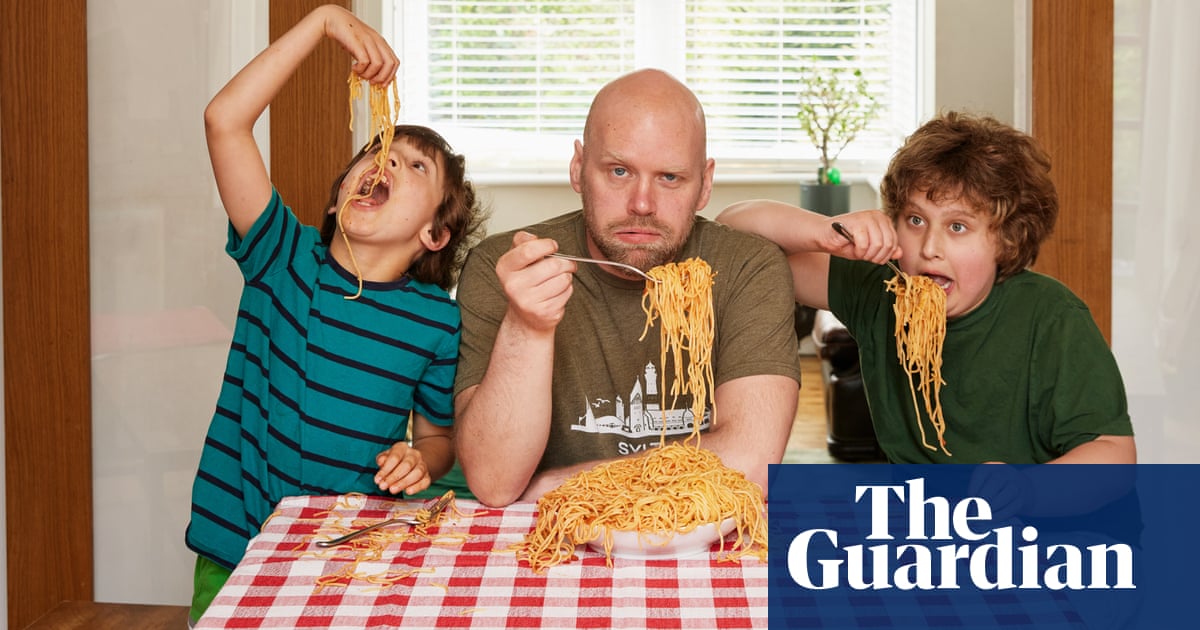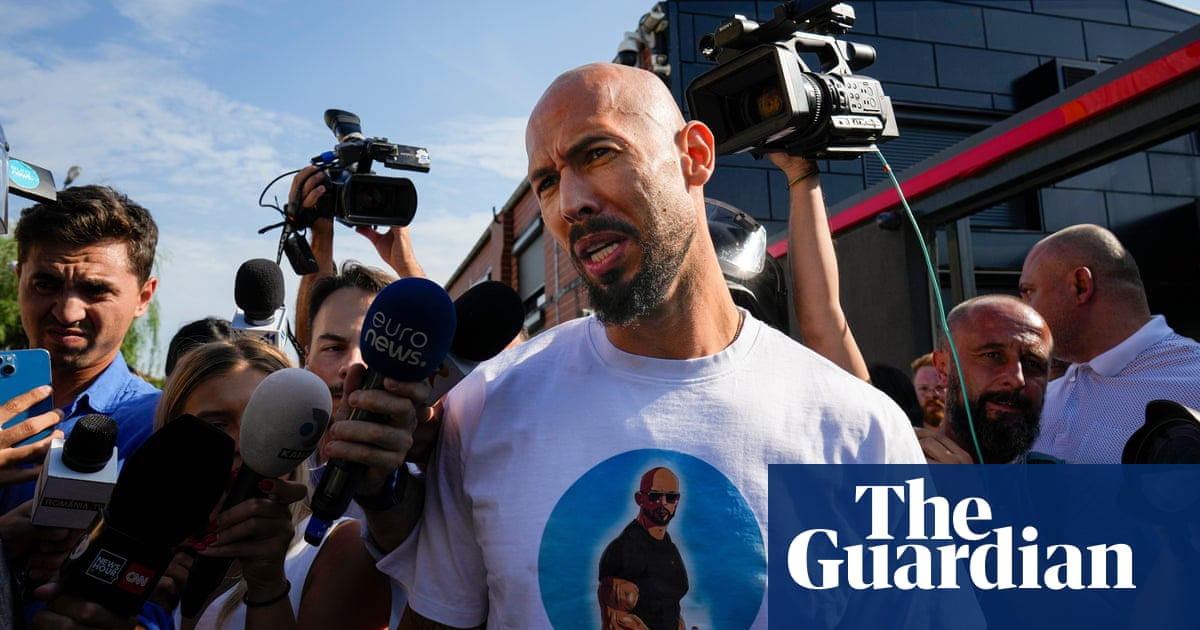When I first saw the message, I froze with shock. I had just woken up and, as usual, was spending the first half hour of my day in bed, clearing notifications from social media apps. That day, hidden in my Instagram message requests, was a troll. Their message, which read, “Your actually disgusting and you shouldn’t be promoting morbid obesity”, was sent from an anonymous account, at 4am. The message continued: “Stop pretending you love your body because your too lazy to diet or exercise.”
I felt upset but, more than anything, I felt surveilled. Who could have sent me this attack? The more I read, the worse it got. I knew I should ignore the message – simply delete it and carry on with my day – but curiosity got the better of me. I started to look for clues.
Although the account had no pictures uploaded and the username made no sense to me, my troll was following one other user: a guy around my age with whom I shared a few mutual friends. I got in touch with him and he quickly replied, saying that he, too, had been on the receiving end of abusive messages – but in his case, the sender had not remained anonymous. He forwarded me the messages and I was shocked to discover the troll’s identity – it was someone I knew, although not well, and not someone I would ever have suspected.
I’d wanted to know who was behind the messages, but I hadn’t expected it to be someone I’d encountered in “real life”. As a journalist who has spent more than a decade sharing my fat liberation message online, I’d experienced blank accounts sending me vitriol in the past, but it was the first time I’d connected the dots – the first time I’d considered the fact that fake profiles are often run by real people, and that those individuals could be people I knew. Although we weren’t close, my troll and I had hung out enough times for them to know how to aim barbs that cut deep.
At first, I sought revenge; rather than reporting or confronting my troll, I posted the screenshots to my Instagram stories, letting everyone know I’d worked out who had sent the messages. I felt self-conscious and stressed – not to mention worried that I might run into my troll in person.
Online and off, I had always believed myself to be surrounded by people who were staunchly against fatphobia, as well as all other kinds of discrimination. But after discovering my troll’s identity, I began doubting the intentions of anyone I’d spent time with. What if other friends and acquaintances secretly harboured malicious thoughts towards me? I became paranoid, questioning how far I could trust everyone I met.
Scrolling through any social media comments section will always throw up an endless succession of nasty takes – posts specifically designed to get under people’s skin. Although these comments often come from anonymous accounts, and it’s easier to imagine that it could never be anyone you know behind a mean-spirited post, there’s no guarantee.
In time, however, my perspective began to shift and I saw my discovery in a different light. Although I had encountered my troll in person, I realised I didn’t need to give their comments any more weight than I would those of any other malicious keyboard warrior. If anything, knowing their offline persona made their hateful messages less intimidating, not more.
By reframing the urge to hurt as pathetic, the attack is diminished. The brief pangs of pain caused by the words of a troll are surely much easier to live with than being the person who has sent them – someone who goes out of their way to prod at the insecurities of others and cause distress.
I still use social media – and, occasionally, still receive unkind or deliberately hurtful messages. But, rather than hiding away and feeling reluctant to post as freely as I would like, I share proudly and confidently, refusing to bow to the will of those who would rather I kept quiet. I feel more empowered than ever to offer an alternative voice – and I know that those whose opinions I truly value will never hide behind anonymous avatars.

 1 month ago
38
1 month ago
38

















































